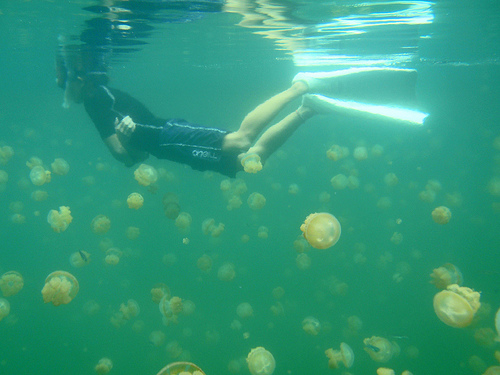
Invasive jellyfish in Lebanon
As temperatures rise in the Mediterranean, invasive species have disrupted the ecosystem. Following the creation of the man-made Suez Canal by Egypt, a variety of invasive animal, plant, and bacterial species have infiltrated the Mediterranean Sea, posing a threat to marine life and habitats. One of the most concerning invaders is the Lagocephalus Sceleratus, a highly toxic bony fish known as the silver-cheeked toadfish.
Efforts such as desalination plants have been suggested as a means to create a barrier against these invaders. Ongoing research is focused on understanding the behavior and impact of these new species in the Mediterranean ecosystem.
The phenomenon, known as the Lessepsian migration, refers to the movement of species from the Red Sea to the Mediterranean. Among these migrants is the invasive Rhopilema nomadica jellyfish, which has adapted to the Mediterranean Sea since the 1970s through the Suez Canal. Researchers have observed that these jellyfish actively swim towards the west, contrary to previous assumptions.
Studies on jellyfish movement patterns are essential for better preparation and understanding of their behavior. By tracking jellyfish aggregations along the coastlines, researchers can gain insights into their swimming capabilities and behaviors, aiding in predicting their arrival and impact on various facilities and ecosystems.
Despite the lucrative revenues generated by the Suez Canal, little has been done to address the ecological consequences of invasive species. It is crucial for Egypt to allocate resources towards protecting the affected ecosystems and holding them accountable for the environmental damage caused.
Comments





